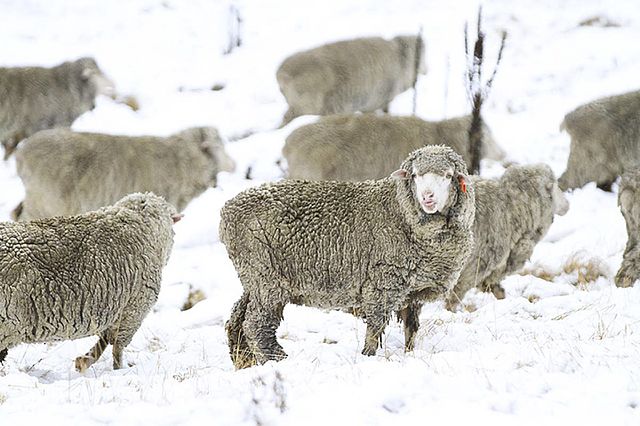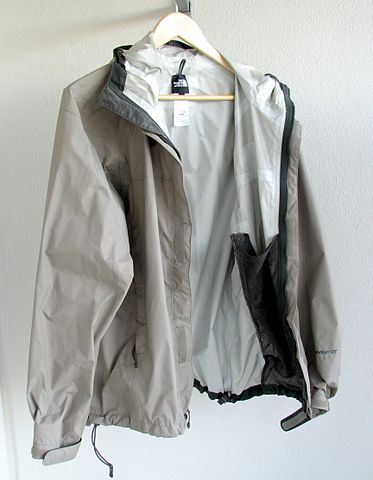Mother Nature loves throwing curveballs, and one of the trickiest is a day with wildly fluctuating temperatures. You wake up to a crisp morning, yearning for a cozy sweater, only to find yourself sweating through a t-shirt by lunchtime.
Such unpredictable weather changes can not only impact your well-being but also disrupt the planning of your outdoor activities. It’s quite difficult to combine the clothes for 20 degree weather with the clothes for 70 degree weather. But in this article, we will give you some tips on how to survive in the ever-changing temperature conditions with confidence and comfort.
Layering Outfits for Different Weather Conditions
Forget the one-and-done outfit. When the weather’s a chameleon, embrace the art of layering. This allows you to adjust your unpredictable weather clothing throughout the day for optimal comfort. Here’s how:
Base Layer
This is your foundation, a lightweight and breathable piece that wicks away moisture. Think thermal underwear (in colder climates) or a thin, long-sleeved shirt.
Mid Layer
This adds warmth and insulation. Opt for a fleece jacket, a lightweight sweater, or a zip-up hoodie.
Outer Layer
This shields you from the elements. Consider a windbreaker for breezy mornings, a light rain jacket for unexpected showers, or a packable down vest for a late-afternoon chill.
Dressing for Unpredictable Weather: Choosing the Right Fabrics
Fabric choice is crucial for effective layering. Here’s a breakdown of some key materials:
Merino Wool
A natural wonder, merino wool is both breathable and insulating. It wicks away sweat, keeping you dry in the warmth and warm in the cold. Perfect for base and mid-layers.
 Source: Pixture2016, CC BY-SA 4.0, via Wikimedia Commons
Source: Pixture2016, CC BY-SA 4.0, via Wikimedia Commons
Fleece
A popular choice for warmth, fleece is lightweight and soft. However, it can trap moisture, making it less ideal for high-activity situations. Best for mid-layers.
Synthetic Fabrics
Many synthetic fabrics offer moisture-wicking properties, making them great for base layers. Look for labels like “polyester” or “nylon” with “wicking” or “breathable” in the description.
Hardshell Fabrics
These are water-resistant or waterproof, ideal for outer layers in case of rain and snow. Popular choices include Gore-Tex or similar materials.
 Source: Wikipedia
Source: Wikipedia
Unpredictable Weather Clothing: Building Your Outfit Arsenal
Now that you understand layering and fabrics, let’s build some winning outfit combinations for different scenarios:
Morning Chill, Sunny Afternoon
Start with a moisture-wicking base layer, followed by a lightweight fleece or sweater. Top it off with a windbreaker for added protection. As the day warms, shed the windbreaker and tie the fleece around your waist for easy access.
 Photo by Franco Figueroa on Unsplash
Photo by Franco Figueroa on Unsplash
Cool Morning, Rainy Afternoon
When there’s rain in the forecast, layer a thermal top under a long-sleeved shirt. For your outer layer, choose a packable rain jacket that can be easily stored in a backpack when not needed.
 Photo by Niraj Lama on Pexels
Photo by Niraj Lama on Pexels
Warm Morning, Unexpected Chilly Evening
Opt for a breathable top or short-sleeved shirt as your base. Add a light, packable down vest for the evening. You can always tie the vest around your waist if the afternoon gets too warm.
Remember
- Check the Rain Viewer weather forecast before going outside. This will help you choose the appropriate base layer and outer shell. Don’t forget to check out the difference between the actual and “feels like” temperatures.
- Be mindful of activity levels. If you’ll be active during the warm part of the day, choose breathable fabrics for your base and mid-layers.
- Don’t be afraid to adjust! Layering allows for flexibility. Add or remove layers as needed throughout the day for optimal comfort.
With these tips and tricks, you’ll be ready to conquer any day, no matter what the weather throws your way. So, embrace the layering game and enjoy your adventures in comfort and style!






